Sony Xperia XZ vs iPhone 6s: first look and impressions
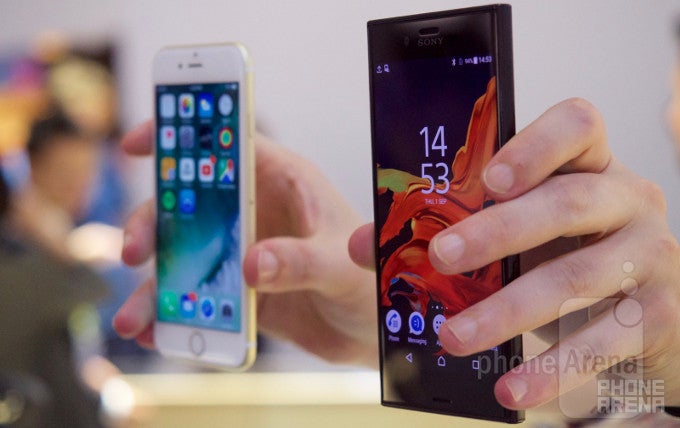
We had some time with the phone and, of course, we quickly compared it to the rival devices of today. Here, we will be pitting it against Apple's currently-available heavy-hitter — the iPhone 6s. Let's see how it holds up!
Design
Sony said "bye-bye" to the glass backs on its smartphones back with the Xperia X and Xperia X Performance. Back then, it wrapped its phones in elegantly brushed aluminum. Now, we are treated to something even more special.
A new kind of aluminum alloy, which Sony calls Alkaleido, is what the Xperia XZ's body is made of. It's definitely exotic, with a slight glossy aspect to it, and not as cold as your regular metal smartphone. While we don't know if we'll grow tired of it at any point in the near future, we can definitely say we enjoy both its look and feel right now.
The Xperia's form-factor retains the stark rectangular shape that Sony is known for, but adds curves around the sides of the phone for more ergonomic handling. While the display size jumped up to 5.2” again, we can't say that this troubled us, as we enjoyed holding the phone and felt no trouble using it.
The iPhone 6s has that “flat soap bar” design that we have been well-acquainted with for the past 2 years. It's small, thin, and extremely easy to handle. Its aluminum body feels cool and pleasing to the touch and hasn't really become a cliché, despite the fact that it has been around for a while now. We'd rather use the word “traditional” here.
Both handsets feature a fingerprint scanner — on the iPhone, it's the Touch ID home button, and on the Xperia XZ, it's integrated into the side power button. We appreciate the fact that the Xperia has a dedicated two-step camera shutter key, which also acts as a camera launch shortcut button. We are still no fans of the way its volume rocker is placed far below the power button — there's definitely a learning curve to getting used to it. On the iPhone, all controls are easily accessible with one's index finger on one side and thumb on the other. It also has the mute switch, which we all love so much.
All in all, both phones have a great design, we would say, with the Xperia XZ looking more contemporary, while the iPhone's appearance is beginning to age. Handling-wise, we enjoy both, but the fact that the Xperia XZ has an IP68 rating for water- and dust-proofing gives us a peace of mind that it can also survive a couple of accidents.
Display
Sony continues to refuse to make the jump to the insanely-crisp QHD (2560 x 1440) resolution, and many will appreciate that. The 5.2” screen of the Xperia XZ has 1080 x 1920 pixels stretched across it, making for a crisp pixels-per-inch density of 424. Rest assured, you won't be seeing individual dots with the naked eye. We can't really draw any realistic conclusions as to how the colors look at the present moment. Sony does have a habit of making its displays cold and bluish, but for the short time we had with the Xperia XZ in an uncontrolled environment, we do not feel comfortable saying that this is the case here, so we will leave that for a later date. We do appreciate, however, that the side bezels have been shrunk, giving the phone a 71% screen-to-body ratio, and making single hand use much less of a pain.
Interface and user experience
When it comes to manufacturer in-house Android customization, Sony has one of the cleaner interfaces in the market. It's snappy, it's pretty, and it isn't chock-full of features with questionable usefulness, though it does have the plethora of Sony and PlayStation apps pre-loaded. The looks have been updated with colors that match the XZ's exterior beautifully, to create a feeling of a blend between the software and hardware. Thankfully, bloatware-ish apps can be removed by the user. We didn't have enough time to judge the workflow of the interface in its entirety, but it did feel like a typical Sony affair, so fans should be pleased.
The iPhone 6s, naturally, runs the latest iOS 9, which is a pretty simple, but streamlined and coherent platform. There're no themes, no free arrangement on the homescreen, and widgets are tucked away in the notifications shade. Apple's stock apps are non-removable, too, though this will no longer be the case once iOS 10 rolls out.
In a nutshell, the iPhone is still the “simpler” handset, with a more streamlined, non-demanding interface, but the Xperia XZ is far from being the heaviest type of Android smartphone. We feel like it has just the right amount of features, without becoming overwhelming.
The Apple A9 in the iPhone 6s is a beast in its own right, and certainly among the top players out there right now. It's only coupled with 2 GB of RAM, but iOS is known for not being as hungry for memory as its Android rival.
Storage-wise, the XZ comes with 32 GB of memory and allows for expansion via microSD. The iPhone 6s is infamous for coming in three tiers of 16 GB, 64 GB, and 128 GB, each one costing $100 more than the previous, and no expansion slot is on board.
Camera
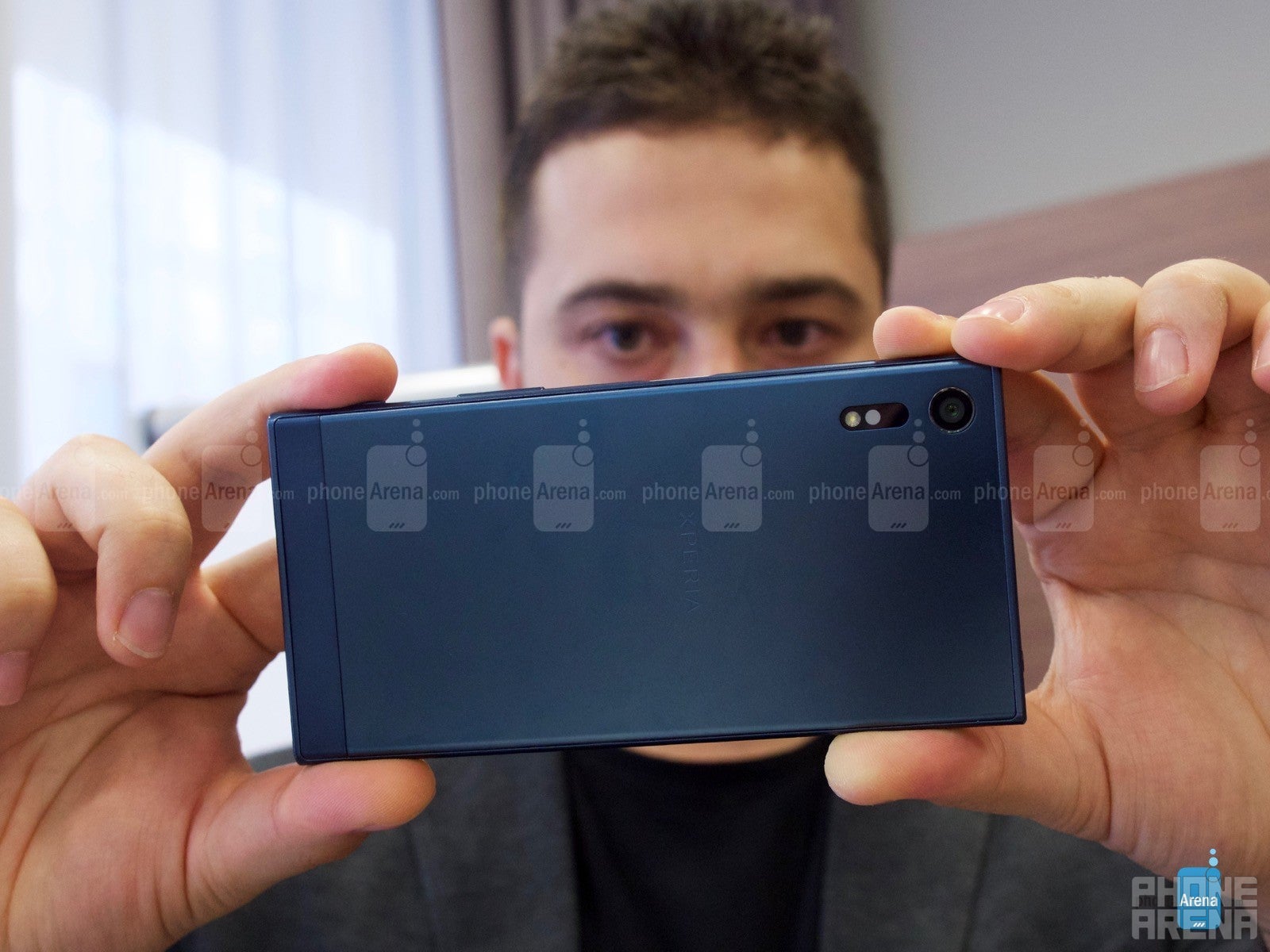
Sony continues to stuff as many pixels as it reasonably can in its smartphone cameras, and the Xperia XZ continues to pack the impressive resolution of 23 MP. And while, sure, the company has had some impressive sensors in its phones thus far, it has always been more or less outdone by the competition.
No more, Sony says, as it took extra care to optimize its software algorithms, and has added goodies, such as improved dynamics and exposure handling, a better, 5-axis software image stabilization, and laser autofocus to complement the already-existing phase-detection autofocus it had before. The few snaps we were able to take with it look great and we can't wait to put the camera through its paces once we get an XZ in the office.
Of course, when we delve in the software department, Sony does have the upper hand with an elaborate manual mode, as well as the many other extra features, some bordering on childish (like the AR effects), in its camera app. The iPhone's camera is more or less a straightforward ordeal, with nothing but some filters and a couple of toggles in its app.
Expectations
The Sony Xperia XZ looks and feels great in the hand, with a familiar design and lovely new build materials. It packs a bleeding-edge processor, a promising camera, and a distinct interface, which doesn't burden the phone's operation. But does it have enough to actually pull some iPhone aficionados to its side? In the looks department – we don't see any reason for it not to. All that remains to be seen is whether it will deliver solid performance and the amazing picture quality that we were promised.


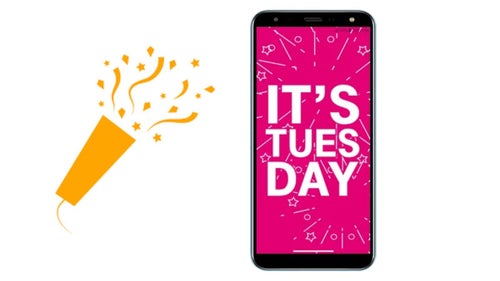
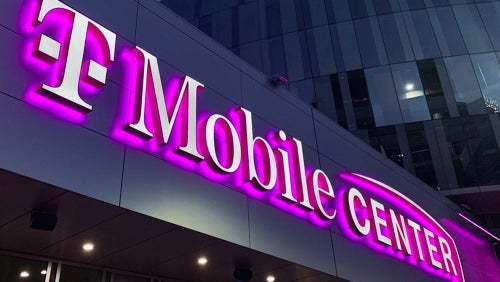
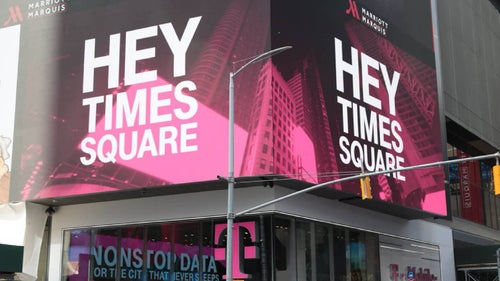
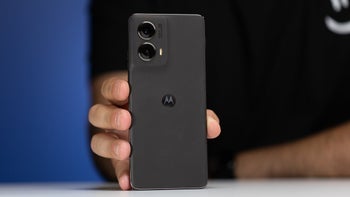
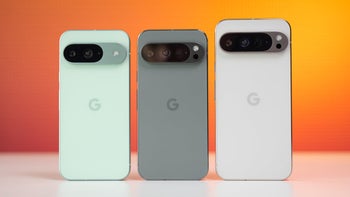
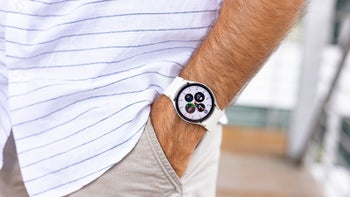



Things that are NOT allowed: